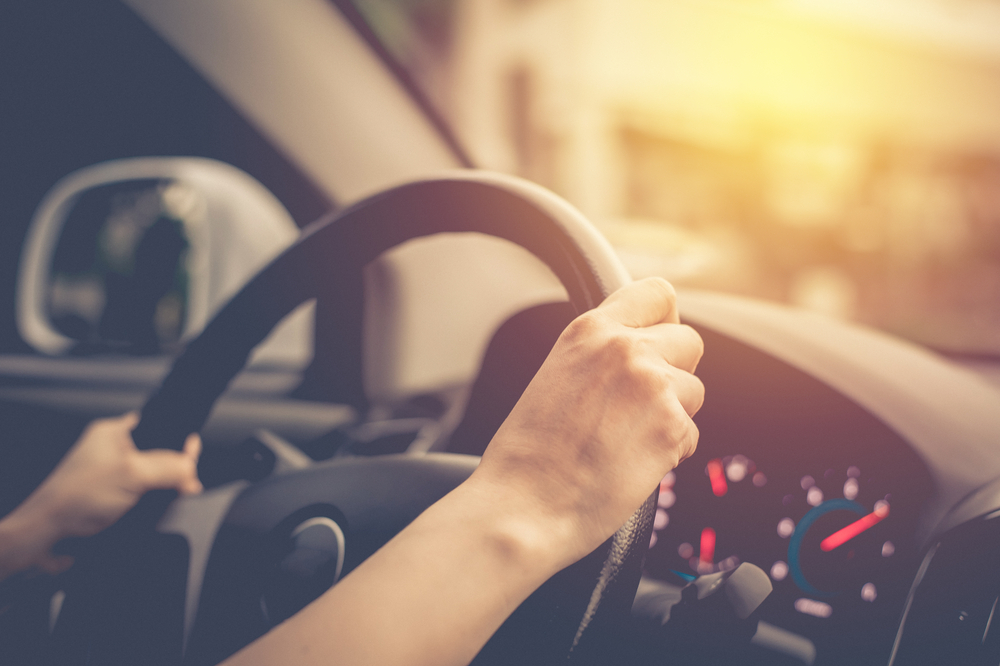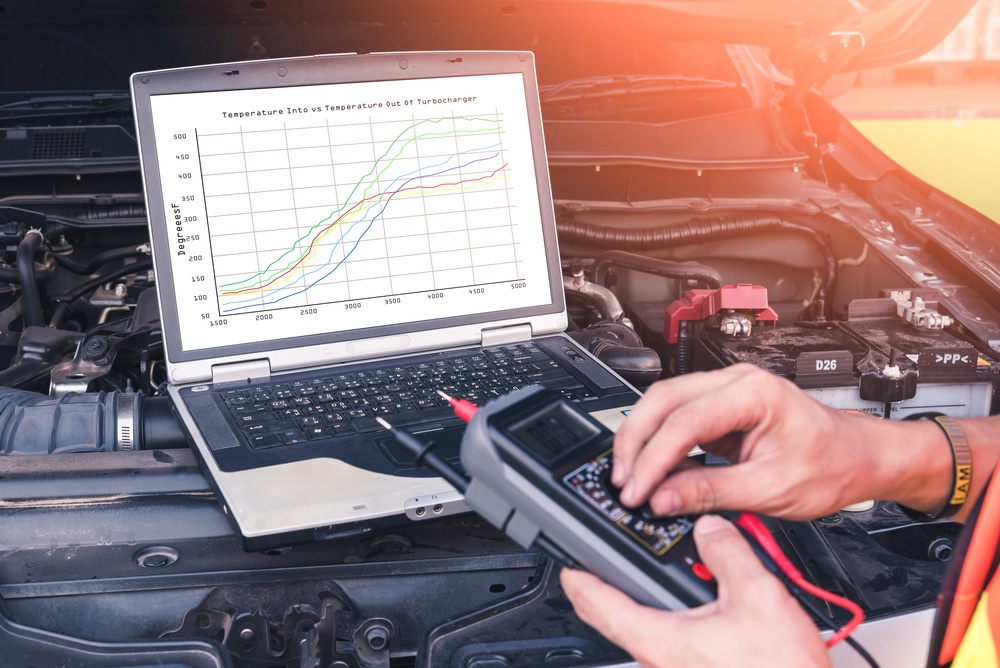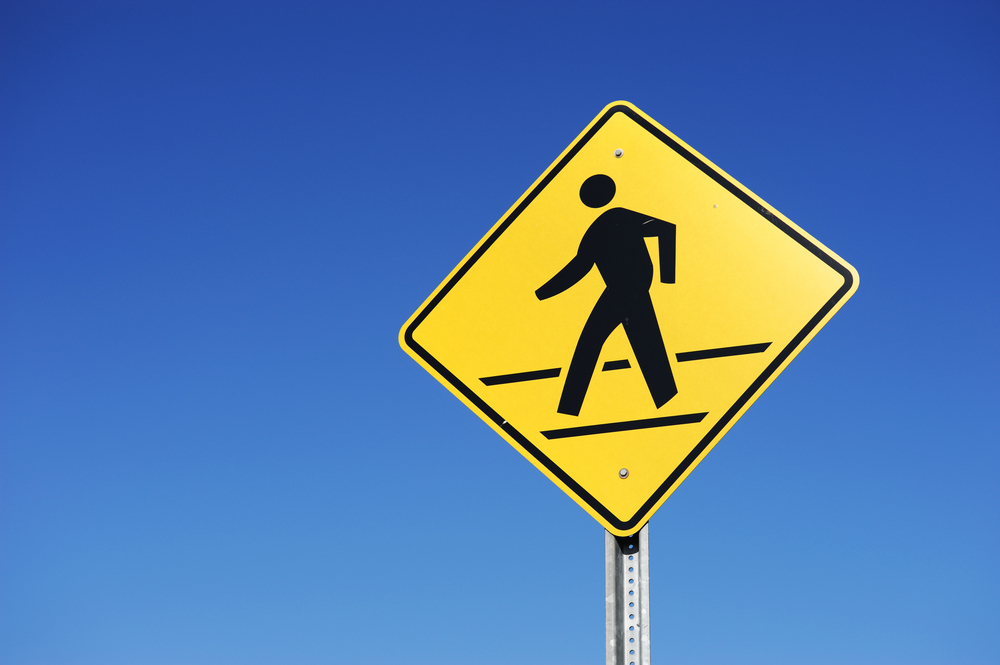Driving, whether you’re slowly cruising down a local road or doing a long trek on the highway can be a dangerous. In 2016 alone there were 160,315 injuries from reported traffic collisions on Canadian roads. Chances are, at some point during your lifetime on the road you’ll be involved in a traffic collision.
When you’re in this situation it’s best to be prepared. The last thing you want to do is to be lost as to what to do next when involved in a traffic collision. Here’s what you need to know:
Keep calm
A car collision can bring a lot of emotions with it. Being calm and trying to stay calm throughout the next steps is vitally important to help you through the situation at hand. Whether you feel stressed, angry or scared (or something else entirely) it’s important to try and calm yourself down. Take a moment in your car to collect yourself, your thoughts and your emotions before taking any more action.
Prioritize safety
Avoid any further danger. Look for potential dangers—especially oncoming cars. If it is unsafe to get out of your car don’t venture out. Instead make sure to put on your hazard lights to notify other drivers.
Seek medical help
If you, or any passengers in your car are seriously injured call 911 for medial help.
Get their information
Collect as much information as you can. The key points you’ll need going forward are the personal details of the driver, or drivers, involved. They will likely ask for yours as well. Make sure you obtain all drivers’:
-full names
-phone numbers
-addresses
-license information
-insurance company names and policy numbers
Take photos
When collecting information, it’s best to go beyond just getting the necessary details from other people involved. Taking photos is an easy and fast way to collect evidence at the scene that can be very valuable later on. While taking photos after the traffic collision make sure that you have photos of any damage to your vehicle and the road, or property around the road, that happened as a result of the collision.
Look for witnesses
A traffic collision can draw the attention of onlookers. If there were people who saw the collision occur collect their personal information as well, including their full name and phone number, or other method of contact.
Contact your insurance company
Make sure to contact your insurance company to inform them about the collision.
Contact a personal injury lawyer
If you or someone in your vehicle has been injured during a traffic collision, it’s important to know your rights. The aftermath of a traffic collision injury can have a strong and lasting impact on your life. Contacting a personal injury lawyer after the accident is an important step on the road to recovery by connecting you with the legal, financial and personal support you need.
Fast dial #1000 free from your cell and we’ll get you the support you need.















